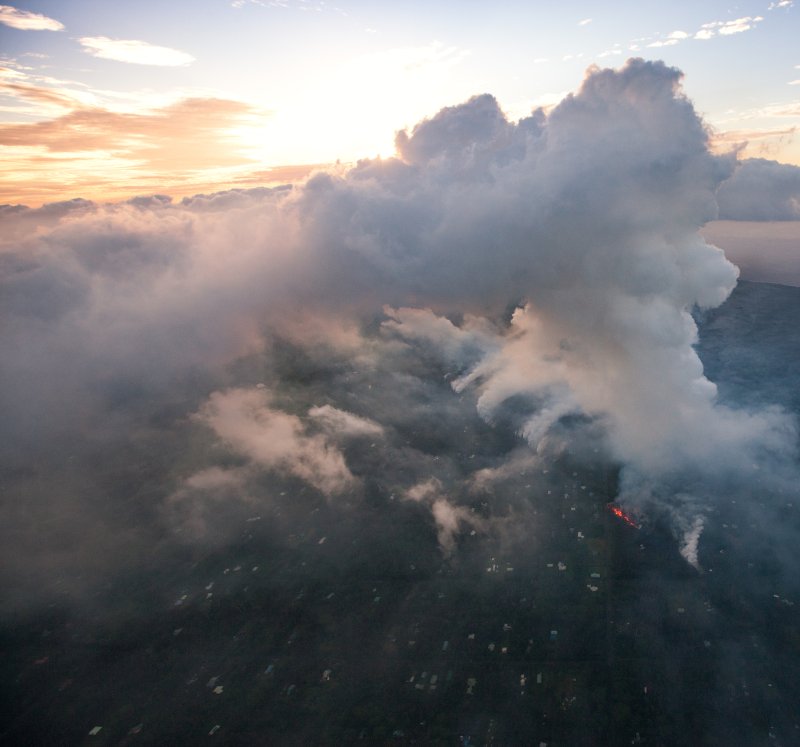May 15 (UPI) -- The U.S. Geological Survey raised the alert level to red in Hawaii after the Kilauea Volcano sent a plume thousands of feet into the air Tuesday.
The agency's Hawaiian Volcano Observatory issued the highest level alert in the afternoon after increased activity within Halemaumau crater.















